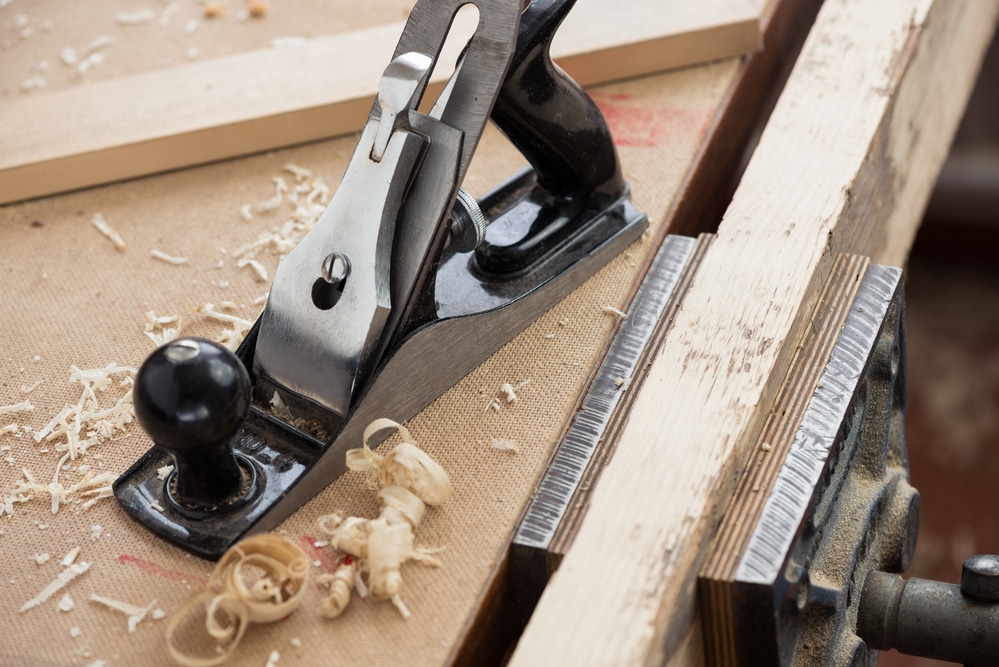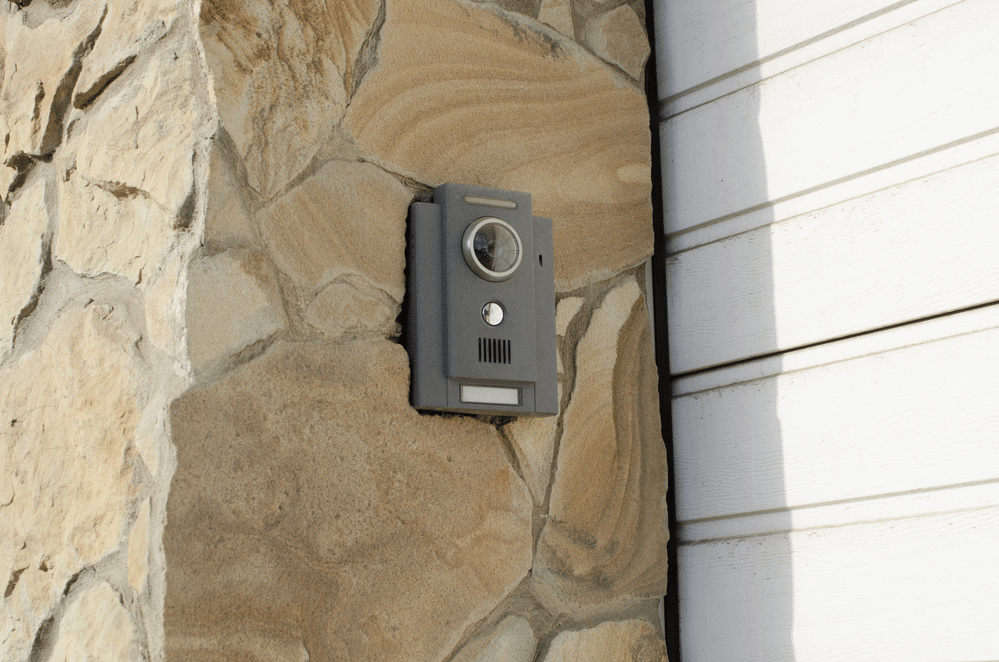Last Updated on
If you’re working on a woodworking project that requires a flat board at a consistent level of thickness, or you need a straight edge on your timber, a planer thicknesser is an ideal tool.
They are excellent for creating a flat board in the exact size you need with phenomenal control. However, not everyone owns one and chances are you might also have asked yourself whilst in the middle of a project, “what can I use instead of a planer thicknesser?”
Few other products will give you the same consistent thickness, but there are some alternatives you can try. If you’re struggling to afford your own planer thicknesser, here are some other tools and strategies to save money.
1. Try a Table Saw
If you just need a flat straight edge on a piece of a flat board, then a table saw can be an ideal alternative to a thickness planer. You will need to build a jig to keep your board in the right position as you work, which can be quite time-consuming. However, if you can ensure you have the proper control over your material and saw, you can get excellent results.
Remember to check the position of your blade before you start working on your wood. If your saw isn’t at a perfectly 90-degree angle, you may need to use an engineering square on its edge. There’s also a risk that you could face burn marks if you don’t keep the blade moving smoothly against the surface. Practice with a piece of scrap wood first to be safe.
2. Use a Router and Sandpaper
Working is funny because sometimes the same project requires a complex and expensive piece or equipment as well as a piece of sandpaper wrapped around a pencil. Working on a set of frames that used a router (blade spinning really fast) and the sandpaper to clean up the curve. pic.twitter.com/c6oFFp2RXK
— Bro.Ken Homan, SJ (@KenHomanSJ) August 9, 2020
A router can sometimes be a good alternative to a planer thicknesser. It works similarly to a table saw for creating a straight edge, so you will need to construct a jig again to hold your board securely as you work. Make sure you push the jig past the router carefully in the direction of the grain.
You will need to put a lot of effort into constructing the jig to get the right results. However, you still won’t get the same smooth surface you would get with a smoothing plan or power planer. You may need to follow up with some sandpaper.
Use the coarsest sandpaper you can find, wrapped around the surface of a sanding block or square, to give you a better grip. You may also need to use this tool if you choose a hand plane or manual planer instead of a power planer.
3. Experiment With Hand Planes

You could also consider using a standard hand plane or a jointer plane. To get the right result, you may need to invest in several planers s, including a scrub, jointer, and smoothing plane.
A jack plane will usually allow you to complete the full job without switching between different planer devices. However, you will need to spend significant time ensuring you get the surface smooth and the edge straight. Ensure you have a stable table you can use for your woodwork
4. Consider a Wide Belt or Drum Sander
Finally, wide belt and drum sanders typically work similarly to power planers but use sandpaper instead of blades. These products are usually employed after planning for a finer finish. However, you can also use heavy grit sandpaper to get a similar result to a planer.
Depending on the thickness of your board, you may need to spend a lot more time using your sander than a standard thickness planer.
Start Your Project
There are plenty of tools you can use to get your materials to the right thickness and size if you don’t have a planer thicknesser handy. Just keep in mind most professionals will recommend using one if you plan on doing a lot of woodworking with boards of a consistent thickness, as it will save you a lot of time.
Rebekah is a writer who loves to explore new products and find hacks that make life easier. She has a knack for all things home improvement, health and fitness. So you’ll often find her on Pinterest or browsing Houzz for ideas.
She’s always looking for the next thing to fix up around the house or what gadget might be just right for her lifestyle. Rebekah enjoys exploring new recipes, taking care of her family, and making sure she stays healthy with regular workouts at the gym.



